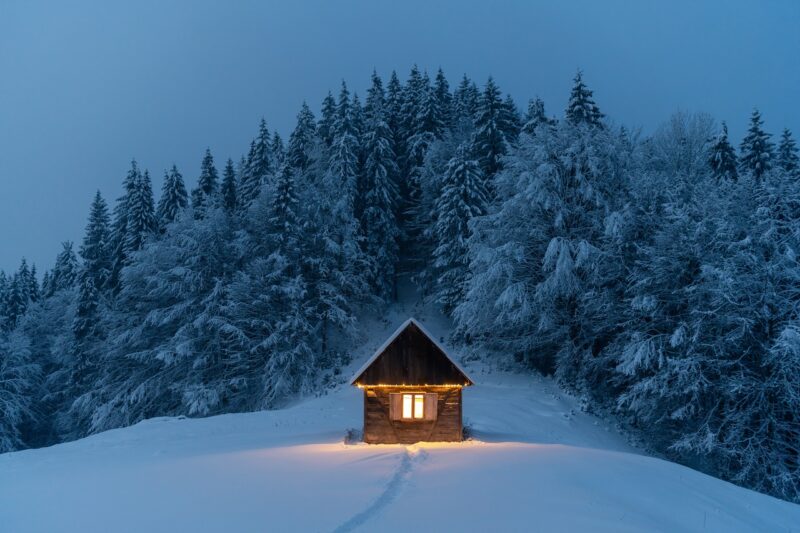Published: 02/05/24 By: Mike Bekin
When the cold weather comes around, we turn on our heating, don a thermal jumper and may even get the electric blanket out of storage. But have you ever wondered how people used to keep toasty before the days of radiators and synthetic fibres? One way was with timber – and not just by burning it. As a naturally insulating material, people have been building their homes with timber for over 10,000 years (at least) and it’s certain we will not be stopping anytime soon. Whether you are looking to lower your electricity bills or create a more sustainable construction, find out which timbers offer the best thermal performance in this guide.
Why is Timber Naturally Insulating?
There are a couple of reasons why timber is such a good natural insulator. The first relates to its cellular structure. When put under a (very powerful) microscope, it is clear that timber is actually made up of lots of tiny air pockets. These are ideal spaces for trapping air as it passes through, making it harder for warm air to escape the building through the walls and slowing down the transfer of heat.
The way timber interacts with moisture also adds to its insulating properties. Timber boards can both absorb and release moisture depending on the humidity in the surrounding environment. When air is too dry and your home can feel a lot hotter than it is, timber can release some of its moisture to cool you down. When the air is very humid and cold, timber will absorb moisture and maintain steady levels throughout the year, meaning fewer fluctuations in your indoor temperature.
Timber Homes in Scandinavia
If you need more proof that timber is the best choice for warmer constructions, just take a look at the homes in Scandinavia. A part of the world that is incredibly cold, with average January temperatures in Røros – a town in the middle of Norway – seeing high (highs!) of –5℃, these countries largely build their homes out of timber. A weather-proof, strong building material which has been working as a great insulator for the harshest winters for centuries.
Which Timber Species is the Best Insulator?
Not all timber species are made equal when it comes to thermal insulation. Scientists have looked into the thermal diffusivity of wood, measuring how effective it is at stopping heat from passing through to the outside, and discovered that lightweight, softwood timber is far better at keeping a building nice and warm. This can be explained by thinking back to the cellular structure of timber and the fact that air pockets trap heat. The more air pockets a species has, the lighter it will be, making it a more effective insulator. On the other hand, dense hardwoods have fewer air pockets, making them generally stronger but not quite as insulating.
If you are looking for a timber species to insulate a construction, we would recommend taking a look at European Larch , Western Red Cedar , Douglas Fir and Thermowood to start your journey.
Ask Our Experts
At EcoChoice, we know everything there is to know about timber. If you have a question about finding the best thermal insulator or how to maximise the insulating properties during construction, get in touch with our team and we will be more than happy to help.
If you are looking for high-quality, independently certified timber sourced from responsibly managed forests, start browsing our timber products.
Tags: insulation, Timber
Categories: Insights
